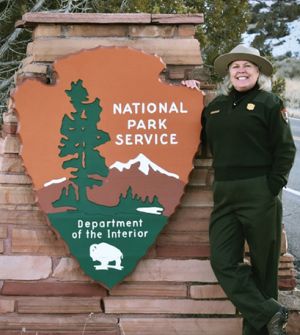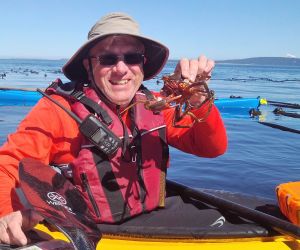
As Oregonians grow increasingly interested in learning about the source of their drinking water, they turn to the college’s forest soils and watershed hydrology research group to understand more about watershed processes and disturbances in our forested ecosystems and the effects forest management has on soils, and water quantity and quality.
The research group addresses essential questions like: What effects does forest harvesting have on stream flow or the soil’s ability to capture carbon? How do large wildfires affect water quantity, quality and aquatic ecosystem health? And how do forest management activities affect our drinking water?
Led by associate professor Catalina Segura, associate professor Kevin Bladon, assistant professor and extension specialist Jon Souder, and forest engineering, resources and management department head and associate professor Jeff Hatten, the research group provides knowledge that contributes to sustainable soil and water resources and supports informed forest management and policy decisions related to wildfire, salvage harvesting, and forest harvesting. It also helps support healthy, resilient forests and soils and helps ensure the communities that rely on them have access to clean drinking water.
Segura, who studies forest hydrology and fluvial geomorphology and received the prestigious National Science Foundation Career Award for her work, utilized data from the long-term Alsea Watershed Study in the Oregon Coast range to show summer streamflow in industrial tree plantations harvested on 40- to 50-year rotations was 50% lower than in century-old forests.
The research is an essential step toward understanding how intensively managed plantations might influence water supplies originating in forests and downstream aquatic ecosystems, especially as the planet becomes warmer and drier.
“Industrial plantation forestry is expanding around the globe, and that’s raising concerns about the long-term effects the plantations might be having on water, especially in dry years,” Segura said.
Together with other regional studies, the findings indicate that the magnitude of summer streamflow deficits is related to the proportion of watershed area in young (30- to 50-year-old) plantations. The findings also highlight the need for additional research and the value of long-term data.
Hatten, a soil scientist, conducted research in partnership with Weyerhaeuser Company that found conventional timber harvesting has no effect on carbon levels in the western Pacific Northwest’s mineral soils for at least 3 1/2 years after harvest.
The study is important because soils contain a large percentage of the total carbon in forests. Understanding soil carbon response to clear-cuts and other forest management practices is vital in determining carbon balance in any given stand and the overall landscape. Stable carbon levels in the ground mean less carbon dioxide in the atmosphere.
“Concern about rising atmospheric carbon dioxide concentrations has heightened interest in the role that forests play in carbon sequestration, storage and cycling,” Hatten said. “Living trees sequester and store carbon, but less recognition has been given to soils’ role. We have plans to resample these sites in coming years and decades to look at the longer-term impacts.”
Bladon’s research focuses on the effects of wildfire and various post-fire forest management strategies on our water supply and aquatic ecosystem health. He explained that the effects of large, high severity wildfires on water quantity and quality could last for decades.
“Smaller, low severity fires can have positive outcomes for aquatic ecosystems,” Bladon said. “However, the larger fires, which we’ve seen more of in recent years, are the ones that cause us the most problems in terms of impacts on water.”
High severity fire can lead to increased annual streamflow, peak flows, and shifts in the timing of snowmelt to streams to earlier in the year. Additionally, large fires can raise stream temperatures, sediment, nutrients, and heavy metals in streams, negatively impacting aquatic ecosystems, recreational values, and drinking water sources.
Bladon and collaborators are currently developing a model of the Pacific Northwest to identify resilient or resistant streams to wildfire effects, which will enable informed prioritization of lands for active forest management.
Souder led the Trees to Tap project, a science-based summary of forest management’s impacts on community drinking water supplies, commissioned by The Oregon Forest Resource Institute (OFRI). Bladon, assistant professor Emily Jane Davis, assistant professor Bogdan Strimbu and Jeff Behan of the Institute of Natural Resources collaborated on this report.
Three hundred thirty-seven public water providers service almost 3.5 million Oregonians and rely on surface waters for some or all of their water supply. These providers may own their source water watersheds, but many do not. As a result, they have little control on activities occurring in their source watersheds, many of which are forested and managed by a diversity of owners. This report details the effects forest management has on these source watersheds and the future of Oregon’s drinking water.
“Oregonians value water produced from forests and rank water quality and quantity as primary concerns with forest management. Oregon’s extensive and diverse forests generally produce high-quality water and supply the majority of the state’s community water systems,” Souder said.
This story was part of the College of Forestry’s 2019-2020 Biennial Report.










